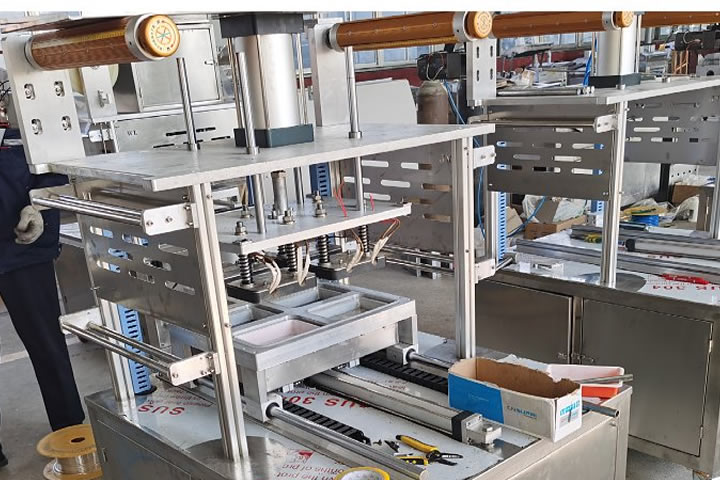In late autumn last year, Mr. Wang, an old customer from Shandong, called me directly at my workstation: "Xiao Zhang, can my old friend from 2015 be saved?" The "old friend" he was talking about was a coffee powder packaging machine that had been in service for seven years and was now lying in the corner of the workshop. It turned out that his new drip coffee was always complained by customers for poor preservation, but the budget of one million for replacing the new machine made him feel painful. After hanging up the phone, our technical team went straight to the high-speed rail station with tool boxes - this tough battle for the transformation of old equipment has been started.

When we first arrived at the workshop, the old packaging machine was covered with coffee stains, just like an old soldier who had just withdrawn from the trenches. Mr. Wang patted the machine and sighed: "This iron lump was a hero in the past, but now it doesn''t even have a nitrogen valve..." We circled the equipment three times and suddenly found a blank area on the inside of the beam - isn''t this the perfect place to install a nitrogen module?
The most difficult part of renovating old equipment is "making a temple in a snail shell". We performed a "minimally invasive surgery" on the old machine: retaining the main structure, embedding a dynamic nitrogen charging unit in the gap of the transmission shaft, and then laying new pipelines along the original circuit. On the day of the modification, the workshop master squinted at us while smoking and squinting at our wiring, and suddenly said: "Are you installing an artificial heart on the old machine?" He really said it. Once this nitrogen fresh-keeping upgrade system was started, the residual oxygen in the packaging bag was directly suppressed below the industry safety line.
The most amazing thing is the intelligent adaptation function. Considering the old equipment''s sensor is slow due to age, we specially developed a pressure compensation algorithm. During a test, Mr. Wang grabbed a bag of coffee powder that had just been sealed and shone it against the light tube: "Strange! How come the amount of nitrogen gas emitted by this old machine is more stable than the newly purchased equipment next door?" The secret lies in the adaptive system, which can automatically adjust the nitrogen filling rhythm according to the thickness of the membrane material, just like opening up the "Ren and Du Meridians" of the old equipment.
The most interesting day was the acceptance. We asked Mr. Wang to compete with the old and new equipment on the same stage, each packing 100 bags of coffee powder. As a result, the finished product after the old equipment was modified actually won by a slight advantage in the freshness test. Mr. Wang was holding the test report and laughed: "It turns out that my old friend not only regained his youth, but also signed up for a nitrogen crash course?"
This old equipment modification reminded our factory: the old machines lying in the warehouse may all be "blue chip stocks" with potential. Now the modified machine in Mr. Wang''s workshop has become a star equipment, and is surrounded by colleagues to take pictures every day. During the video interview last week, the master patted the machine proudly and said, "This thing is very valuable now. It helped us grab an urgent order last month!"
When it comes to nitrogen fresh-keeping upgrades, you don''t have to spend money to buy a new machine. The old equipment transformation cases that our factory has tackled over the years can be compiled into a "Packing Machine Revival Guide". Next time if you encounter an old equipment that is "tasteless to eat and a pity to throw away", don''t rush to scrap it - maybe we can install a "nitrogen heart" on it, and it can fight for another ten or eight years!

